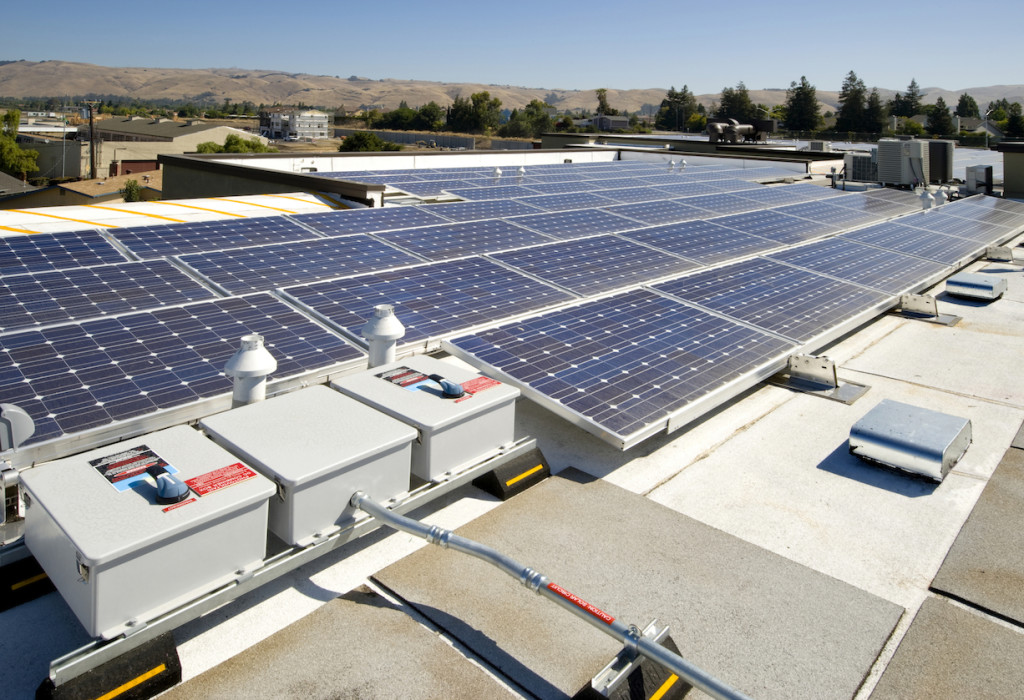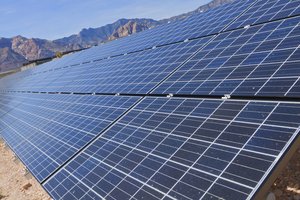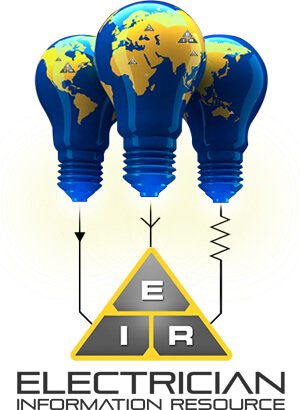What is Solar Energy? We Explain it in Easy Terms
Solar energy is energy from the sun. By harnessing the powerful light and heat provided by the sun, it is possible to use this energy for heating, photovoltaics, thermal electricity, architecture and artificial photosynthesis.

The Earth has always depended on energy from the sun. It heats the land, water and air, helps plants grow and provides light during the day. People have been relying on energy from the sun long before technologies were developed to harness this power.
Solar energy is used either passively or actively. One example of how it is used passively is through architecture. By designing a building to let in the most possible light and using materials with high thermal and light dispersing properties, light and air can circulate naturally. This greatly cuts down on heating and electricity consumption.
Active solar energy includes thermal collectors and photovoltaic panels that harness the power and convert it into usable energy. The energy collected from the sun can be stored in batteries to be used during the night or on cloudy days. Or, it can be used to heat water which can heat homes or provide hot water for laundry and bathing.
The Power of the Sun
An estimated 174 petawatts (PW) of solar radiation is constantly coming into the upper atmosphere. Of this, approximately 30 % is reflected back into outer space, while the remainder is absorbed by the oceans, clouds and masses of land, creating climate conditions and life all over the world.
When this power is harnessed by man using new technologies to take the fullest advantage, a renewable energy source is accessed that can never be depleted. Every hour the sun beams down onto the Earth, more than enough energy is made available than the entire world can use in one year – based on current energy consumption.
Harnessing Solar Energy
In 1897 a U.S. engineer, inventor and solar energy pioneer Frank Shuman, built a demo model of a solar powered steam engine. Using square boxes filled with ether, which comes to a boil faster than water, and fitted on the inside with black pipes, the heat from the sun created steam, and the engine ran.

Shuman established the Sun Power Company in 1908, for the purpose of building larger solar power plants. Along with A.S.E. Achermann, his technical adviser, and Sir Charles Vernon Boys, a physicist, Shuman improved the system by reflecting the light with mirrors. This greatly increased the heating capacity so that water could be used in the collector boxes, instead of ether. This allowed him to build a full scale steam powered engine, which he was able to patent.
Between 1912 and 1913, Shuman build the first solar thermal power station in the world, in Maadi, Egypt. The station used U-shaped troughs to deliver power to a 60-70 h.p. (45-50 kilowatt) engine which pumped over 22,000 liters (approx. 6,000 gallons) of water per minute from the Nile River to nearby cotton fields.
The development of inexpensive ways of using oil to power engines in the 1930s discouraged further solar energy advancements. A new wave of interest in Shuman’s basic design and vision for solar energy began during the 1970s.
Solar Energy in Use Today
Although one hour of sunlight produces enough energy to satisfy the needs of the entire world for a whole year, the technology is used for less than one tenth of one percent of the global demand.
Most people know about photovoltaic cells used on small calculators, rooftops, construction signs and some street lights. These cells are made of semiconductor materials like the ones used in computer chips. When the sun’s rays hit the cells, electrons are separated from their atoms and flow through the cells, generating electricity.
On a much larger scale, power plants use a variety of techniques to harness the sun’s power as a source for heat. Similar to Shuman’s invention, the heat from the sun boils water to produce steam, which powers a turbine and generates electricity.
Another technique employs long, U-shaped troughs lined with mirrors that focus the rays on an oil filled pipe running through the center. The hot oil brings the water to the boiling point, and thereby generating electricity. A different technique uses moveable mirrors to concentrate the rays onto a collector tower, which holds a receiver. The heat causes the molten salt inside to flow through the receiver, generating electrical power.
Solar energy is an inexhaustible source of fuel that doesn’t produce any pollution and usually very little noise. The technology is also versatile and can be used in remote places, providing electricity where it may otherwise not be accessible. However, implementing this technology is still quite expensive, but by taking advantage of various tax incentives, a solar energy installation can pay for itself within about five to ten years.





